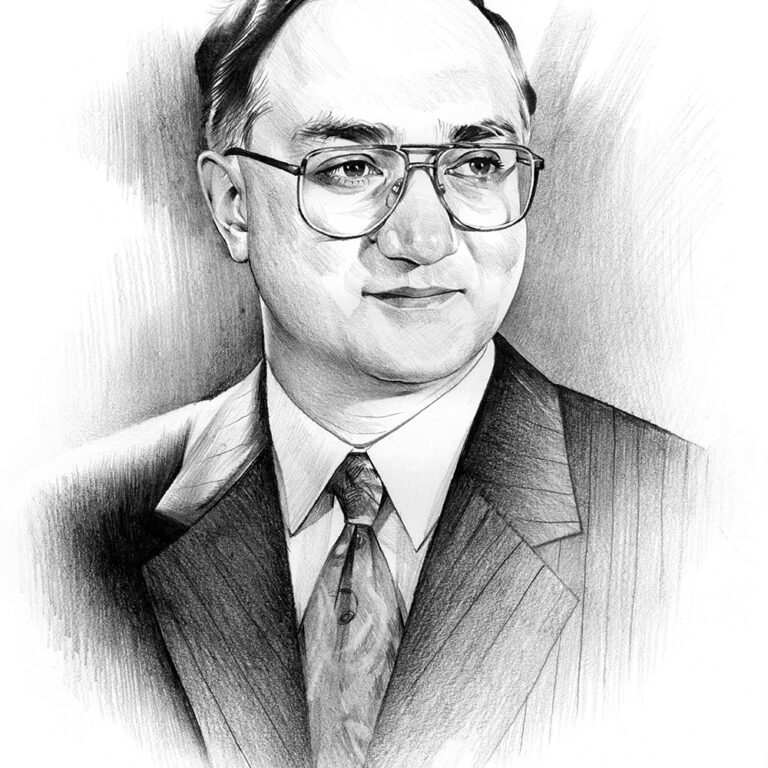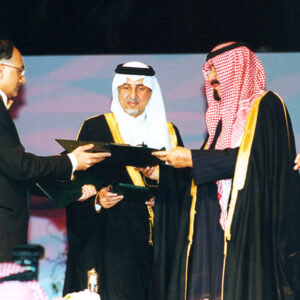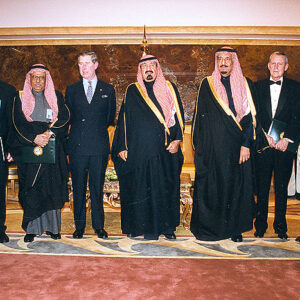

Professor Sajeev O. John
King Faisal Prize in Science 2001 Laureate
Topic: "Physics "
It is indeed surprising that something so commonplace continues to be a source of scientific discovery

Sajeev John obtained his B.S. from the Massachusetts Institute of Technology (MIT) and Ph.D. in Physics from Harvard University. He then received post-doctoral training at the University of Pennsylvania. During his stay in the United States, he served at Exxon Research and Engineering Laboratories, Princeton University and Bell Communications Research Laboratories. In 1989, he joined the University of Toronto, where he became a Professor of Physics in 1992 and a Principal Investigator for Photonics Research Ontario.
Professor John’s main research involves three areas: light localization and photonic bands, high temperature superconductivity, and multiple light scattering spectroscopy. He played a major role in the discovery and elucidation of the fundamental principles of photonic band gap materials and was the driving force behind research which involves the processing of information by optical means. Photonic gap materials are dielectric materials capable of trapping light, thus providing photonic analogs of semiconductors. This new technology could lead to the development of optical microchips where light instead of electricity moves through tiny circuits. If this technology can be mass produced, it will be a major technological advance since information will be processed at the speed of light, allowing smaller and faster communication devices to be built. John’s other research interests include medical imaging and high-temperature superconductivity. He is also developing a microscopic theory of the superconducting phase of high temperature cuprate superconductors. If successful, it could lead to the fabrication of superconducting materials that operate at room temperature.
Professor John received several awards and honors including the Herzberg Medal for Physics, Steacie Prize, and the Humboldt Senior Scientist Award. He is also the recipient of the McLean Fellowship from the University of Toronto, the Killman Research Fellowship from the Canada Council, the Guggenheim Fellowship, and a Fellowship from the Japan Society for the Promotion of Science.
This biography was written in the year the prize was awarded.
- He was appointed as the Officer of the Order of Canada in 2017.
- He received many awards and honors including:
- Killam Research Fellowship of the Canada Council for the Arts in 1998-2000.
- Ontario’s Platinum Medal for Science and Medicine in 2002.
- Rutherford Medal of the Royal Society of Canada in 2004.
- Brockhouse Medal for Condensed Matter and Materials Physics in 2007.
- C. V. Raman Chair Professorship of the Government of India in 2007.
- IEEE Nanotechnology Pioneer Award in 2008.
- Gerhard Herzberg Canada Gold Medal for Science and Engineering in 2021.



